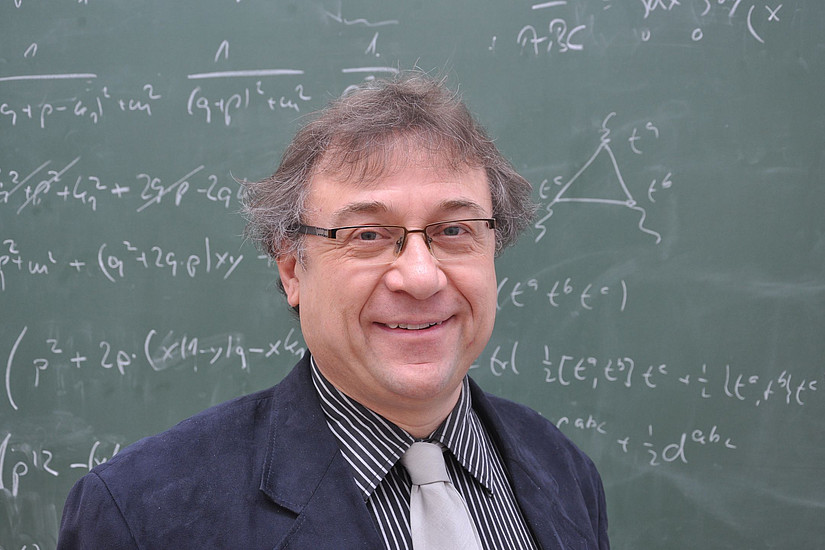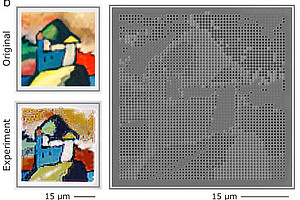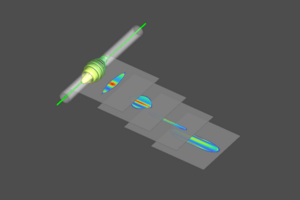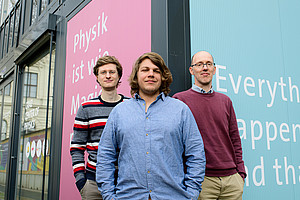Mass can be converted into energy and vice versa energy into mass. This basic law of mass–energy equivalence goes back to the Special Relativity, which Albert Einstein established in 1905 and describes with his probably most famous formula E=mc2. Both fission and fusion of atomic nuclei are real examples of how huge amounts of energy can be produced from little mass. However, only a few experiments have so far succeeded in generating mass from energy. A theoretically possible path for the formation of matter in the form of electrons and positrons is opened up by extremely strong electric fields in a vacuum, from which these particles can emerge spontaneously. Matthias Diez and Reinhard Alkofer from the University of Graz, together with Christian Kohlfürst from the Helmholtz-Zentrum Dresden-Rossendorf (HZDR), have now been able to explain precisely this phenomenon in greater detail than before using extremely precise calculations.
An extremely high electrical voltage in a vacuum can cause matter to form in the form of electrons and positrons. This requires electrical voltages of around 1000 quadrillion volts per metre - values that exceed even the high voltage of lightning by many orders of magnitude. But that did not prevent Diez, Alkofer and Kohlfürst from approaching these extreme conditions theoretically with complex models and calculations.
Strong tension fields
The researchers' work shows how the time window can be narrowed down in which matter is created from strong electric fields. "It takes a little while for electrons and positrons to form," explains Kohlfürst, himself an alumnus of the University of Graz. But as extremely strong as the electric voltage fields have to be, these time windows are extremely short. According to the numerical simulations of the three physicists, electrons and positrons do not need longer than one to two zeptoseconds - that is one to two trillionths of a billionth of a second - until they emerge from the void of the vacuum into reality.
Matthias Diez provided the basis for these calculations in his master's thesis. "The results of this thesis are so significant that they prompted me to revise my lecture notes," explains Reinhard Alkofer, professor at the Institute of Physics, who also examined Diez's master's thesis.
"This basic research from the field of quantum electrodynamics can provide impulses for numerous fields," says Alkofer. The applications of these calculations range from solid-state and astrophysics to plasma research for future fusion reactors. Now it is a matter of preparing the basis for further calculations so that a realisation of the theory in experiments is also conceivable. "So far, there is no laser that is strong enough for this," says Alkofer. Further research in the field is needed for this. His student Diez is therefore planning to continue working on the topic in his dissertation at the University of Graz.
Publication:
M. Diez, R. Alkofer, C.Kohlfürst: “Identifying time scales in particle production from fields” Physics Letters B (2023). https://www.sciencedirect.com/science/article/pii/S0370269323003970




